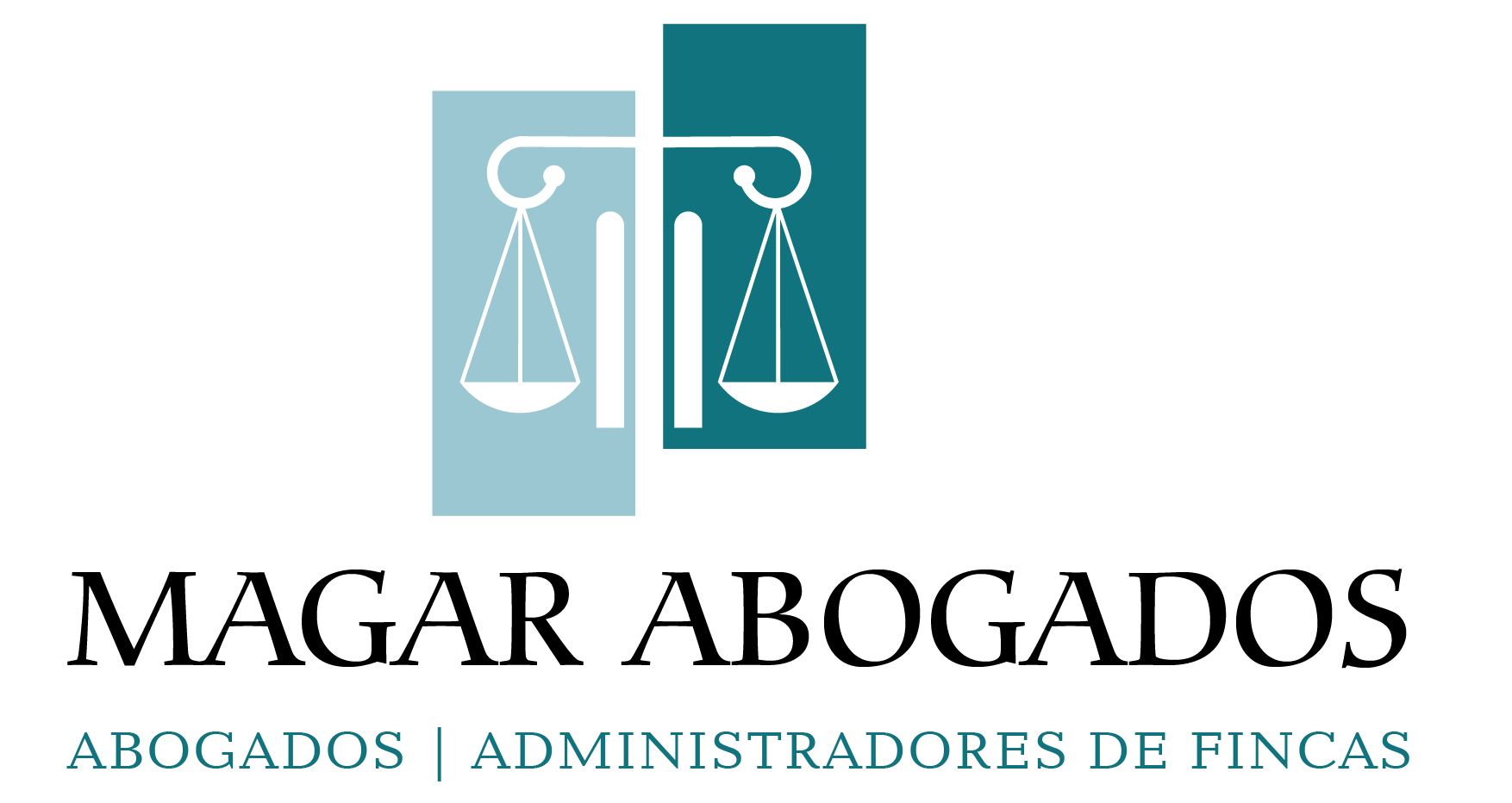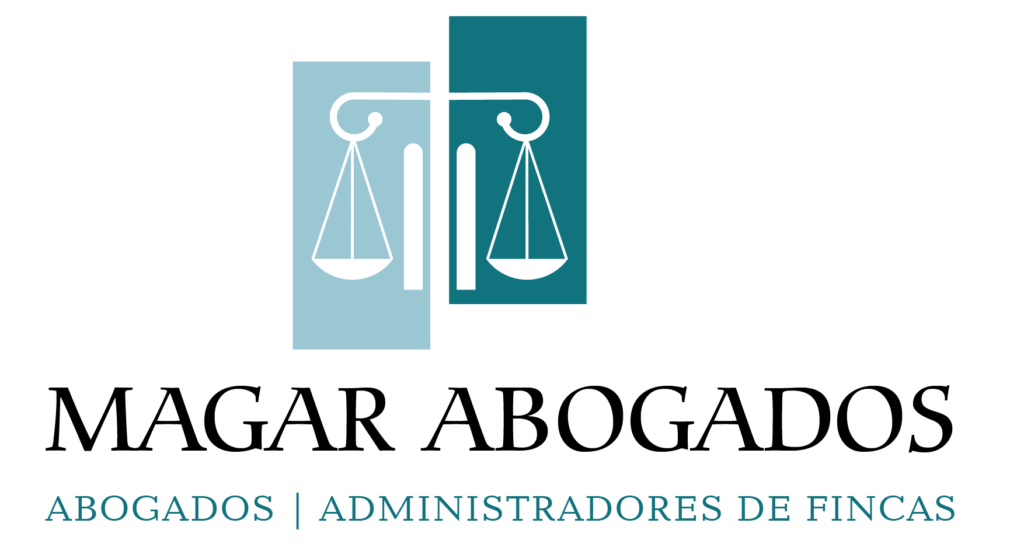
Heywood Community Management specializes in homeowners’ association (HOA) management in Arizona and surrounding areas such as Gilbert, Chandler, Tempe, Mesa, Queen Creek, Scottsdale, Phoenix, and more. Heywood HOA Management has actively been a part of Arizona’s Real Estate market since 1933. With a single focus on community association management, Heywood Community Management is dedicating its resources to raising the community management standard of quality.
Parts of HOA Balance Sheets
Larger associations with more complicated budgets may opt to prepare statements quarterly or annually. If the board is unsure about how to make a balance sheet—or has some questions about its finances—it is strongly encouraged to seek help from an accounting firm, CPA, or a financial management company. When it comes to HOA money, it’s not worth it to take risks or wait and see what happens. Think of financial statements as the financial «diary» of your HOA. They track income, expenses, assets, and liabilities, providing a clear picture of the HOA’s financial position. There are different types of financial statements, each serving a specific purpose.

How to Better Understand Your Community’s Balance Sheet
- However, if the number is negative, your liabilities exceed your assets.
- If members of the board don’t understand how to read the balance sheet, you run the risk of accidentally spending more than is allotted for a specific budget period.
- So, keep studying, ask questions, and strive for a financially fit HOA.
- Your Property Management Company should have procedures in place, such as late letters, email/phone calls and eventually attorney lien/eviction procedures in place to help you manage.
- When you see a variance it is a warning flag to ask why and dig deeper.
- HOA accounting software reduces the risk of mistakes and inconsistencies that come with using spreadsheets.
That means you only report transactions when you pay for them or receive payment for them. Using this method, no such account titles like Assessments Receivable hoa accounting or Accounts Payable appear on your financial statements. Insufficient funds is another possible consequence of poor homeowners association accounting.
How to make and enforce a collection policy for your condo or HOA

A fiscal year is the period used for calculating annual (yearly) financial statements. While a large number of associations use the calendar year (January-December) as their fiscal year, a business can elect to use any other twelve-month period such as June-May as their fiscal year. While most associations will have both a reserve and an operating fund, many associations may have other funds. For example, there may be a cost center that https://www.bookstime.com/ provides services to only one sub-set of homeowners; those expenses, and sometimes the revenue against them, need to be tracked separately. To that end, the accounting profession has recognized this need and continues to support the use of fund accounting by providing extensive standards and principles in this area. Accuracy is key when preparing financial statements; just one small typo could distort an entire financial report.
Remember, just because someone was elected treasurer, does not necessarily mean they have accounting experience. Large homeowner’s associations have more complex budgets and will usually have a management company, such as CSM, that handles all financial data. For smaller, self-managed associations, if there is trouble getting financial statements completed on time, it is relatively inexpensive to hire an accountant as needed to prepare balance sheets. This ensures that all the information will be completed in a timely manner without taking time out of community volunteer’s busy schedules.
- The balance sheets of an HOA offer the quickest and easiest snapshot of your HOA finances.
- Most importantly, are you looking to become a pro at reading HOA financial statements?
- For instance, cash checking is the operating line that shows how much you can spend, while cash savings reserve is the amount of savings in your association’s account.
- Make sure to use the tools available and ask for external help if needed.
- This is the basic formula that your HOA balance sheet should follow.
- Some community associations even opt to put their financial information on their website to allow homeowners to view it at any time.
How to Read HOA Financial Statements
Your association is doing well and is bringing in more money than it owes. If equity is negative, it means that you should quickly reevaluate your finances. A Capital Reserve Plan is a report that needs to be reviewed annually. Planning for future projects is essential to maintaining the value of your largest investment, your home. Capital projects such as new roofs, furnaces, windows, decks etc.… are often large expenses that if not properly planned for can wipe out an association financially.

Determine the Equity Ratio of your Community

The Accrual Accounting system assumes that all money will eventually be received, and all bills will eventually be paid. So income is counted when it is due, not when it is actually received; and expenses are counted when they are owed, not when they are actually paid. Therefore, it provides a clearer picture of how expenses and income are actually occurring.
- The Accounts Receivable (A/R) Report reflects the history of homeowners and others who owe money to the Association.
- The Check Register should give the name of the entity paid, the amount, the date of the check, and the account number to which the check was applied.
- Operating under an incorrect notion gives you a false sense of security.
- Making sure you prepare this report accurately is essential to the financial health of your community.
Sample Bank Reconciliation Report
You should also make sure that checks made out to your HOA go directly into the proper bank account. It’s also a good idea to assign someone, usually the HOA manager, to review all invoices, deposits, and bank statements. One of the best homeowners association accounting rules to adopt is to exercise internal controls. That means not letting a single person have control over every financial department. Ideally, the person who writes the association’s checks should be different from the person handling receivables. Your general ledger is where you record all of your accounting transactions following the date of occurrence and a numerical order you set known as the HOA chart of accounts.
What is an HOA balance sheet? How to understand it



